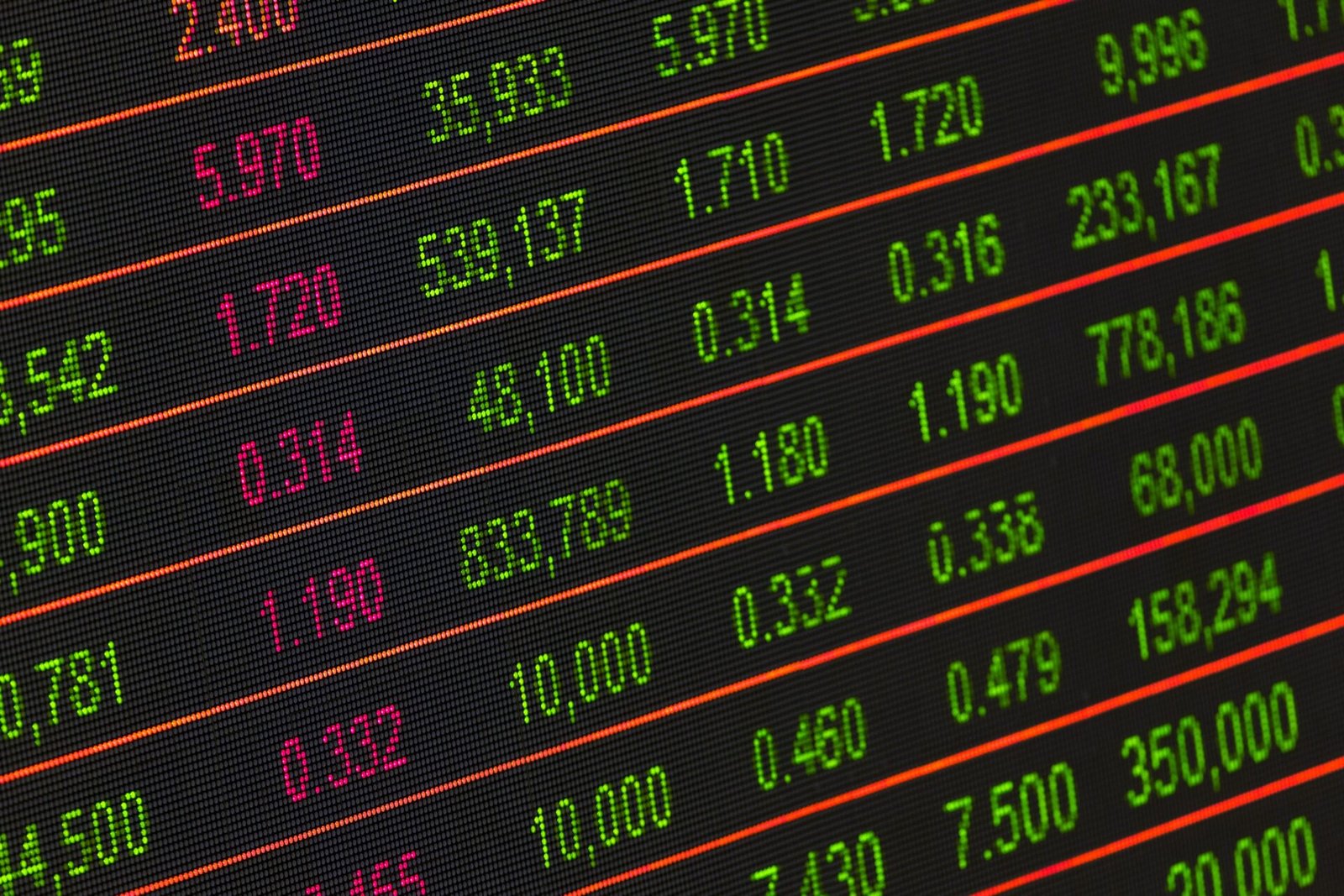Lately, Chinese financial markets have been making headlines for all the right reasons, showcasing a growing confidence in the sector and a sign of economic recovery. Foreign investors are showing a more positive sentiment toward China’s economy, as evidenced by the consistent inflow of money through the stock connect programs.
We’re optimistic about China’s GDP performance this year, with a growth target of 5 percent that we believe is attainable with the right efforts and skills. Although the external demand’s driving force is expected to weaken due to global uncertainties, exports may undergo a downward adjustment. But, with domestic demand highlighted as a major growth driver in numerous key meetings, we’re confident that it will play a crucial role in China’s growth this year.
The hot topic among economic experts right now is determining which is the better driver for boosting domestic demand in China – investment or consumption. In our opinion, consumption is the answer. However, boosting consumer confidence is a significant challenge. To understand why, let’s take a closer look at fixed-asset investment, which has been a significant growth driver for China, especially last year.
The infrastructure investment sector is the first pillar for the economy, with a strong growth rate last year reaching around 10% with policy support. However, to maintain or increase the growth rate in 2023, greater support is necessary and may be difficult to achieve.
The second pillar, real estate investment, could see a recovery this year with stronger policies, but it won’t be enough to power the nation’s economic growth.
The third pillar, investment in manufacturing, faces unfavorable factors such as a low production capacity utilization and weakened external demand. The sector’s growth will depend on a rebound in domestic consumption and the performance of infrastructure and real estate. Although the domestic demand rebound will support manufacturing investment, the challenges of declining external demand and capacity utilization remain.
The COVID-19 pandemic has been a major challenge for consumer demand in the past three years, especially in 2022. However, with a low base last year and improved COVID-19 measures, a rebound in consumption in 2023 is expected to be the main driving force for economic recovery this year.
The factors most directly affecting China’s consumption are confidence and employment. We can analyze this issue by dividing it into two categories: employment and confidence of government employees and those serving market entities, particularly private enterprises.
Over the past three years, local government fiscal balances have suffered a hit due to the interplay of revenue and expenses, leading to a decrease in government workers’ incomes. This is a crucial reference for local consumers, as a dip in income expectations will also affect consumer confidence among other social groups.
To resolve the issue, local governments must improve their fiscal situations, which may prove challenging in the current year as real estate income and land transfer fees are unlikely to soar overnight. Governments need to step up and activate economic vitality through stronger policies and dispose of debt to improve local financial conditions.
The government must also keep in mind that a poor fiscal condition could impede economic recovery and consumer demand. As COVID-19 containment measures are optimized, restoring consumer economic cycles and revitalizing the market will be crucial to improve tax resources and the financial situation of local governments.
Consumers in market entities, particularly private enterprises, face their own set of challenges. Firstly, the slowdown in external demand may impact China’s export growth, which will heavily impact foreign trade-reliant enterprises and their employees. Secondly, the COVID-19 pandemic has resulted in many players exiting the market, and though market resources have not been optimized, it was due to non-economic factors rather than business decisions or strategies.
Private companies and individual and household business owners are more susceptible to funding problems during the pandemic, as they are more active and flexible, but also more vulnerable. These entities make up 90% of the over 100 million registered market entities nationwide and are vital to consumer employment and confidence.
After three years of pandemic shock, it’s time to extend a helping hand to private enterprises and individual and household business owners who are the major job providers. Restoring their confidence, and that of their employees, is crucial to revitalizing consumer demand as they belong to both the producer group and the consumer group.
It’s no secret that market sentiment is like a virus, spreading through links between investing enterprises and the interaction between businesses and consumers. That’s why the role of the government in boosting confidence is so critical. While individual consumers or companies may not have much sway over the overall economy, the government holds a powerful card. China’s fiscal and monetary policy space is larger than major economies like Europe, the US, and Japan, giving the government a significant advantage in driving domestic demand and kickstarting growth.
To really get the economy back on track, strong policy support must be put in place from the get-go. This will create a virtuous cycle of investment and consumption, where each fuels the other. By doing so, we can put the nation’s economy back on a path to health.
